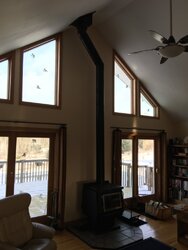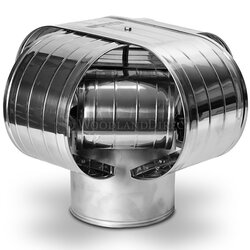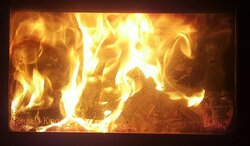kf6hap
Minister of Fire
If the stove is loaded and lit so flames lick up at the cat during a cold start, you might find a much lower flue temp point to shut the bypass. Softwood splits at the top near the cat help a lot. 1,000F is very, very high but some setups might require it. Experiment.




